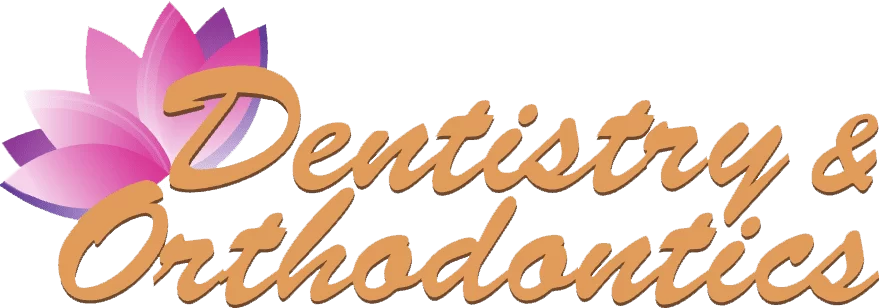Have you ever wondered how the color of your teeth might reflect your overall oral health? The connection between oral health and tooth color is significant, as various factors influencing tooth color can also indicate the state of one’s dental well-being. Understanding this relationship helps in recognizing the importance of maintaining good oral hygiene practices.
Factors Influencing Tooth Color
The color of one’s teeth is a multifaceted aspect of oral health that can be influenced by a variety of factors. Genetics play a foundational role, determining the natural shade of enamel and dentin, the primary materials making up the structure of teeth. Beyond genetics, lifestyle choices such as the consumption of staining substances like coffee, tea, and certain foods can have a significant impact on tooth color over time. Additionally, habits such as smoking or chewing tobacco contribute to external discoloration, while certain medications and aging can alter tooth color from within, affecting the enamel and dentin in ways that might not be immediately visible.
Environmental factors also play a crucial role in determining tooth color. Fluoride levels in water, for instance, can affect dental health and aesthetics, either by strengthening teeth or, in excessive amounts, causing fluorosis, which can alter tooth color. The cultural perception of tooth color varies globally, with some cultures placing a high value on whiter teeth as a sign of beauty and health. This perception is explored in depth in the article on the Cultural Significance of White Teeth Globally, highlighting how societal standards influence individuals’ oral health choices. Understanding these factors is essential for comprehending the complex relationship between oral health and tooth color.
Oral Health and Tooth Discoloration
Oral health is a comprehensive term that encompasses various aspects of dental care, including the maintenance of healthy gums, teeth, and mouth. One of the visible indicators of oral health is the color of one’s teeth. Tooth discoloration can occur due to a variety of reasons, ranging from dietary habits to the natural aging process. While some discoloration can be superficial, other types may indicate underlying oral health issues that require attention. It’s important to understand that the color of your teeth is not solely a cosmetic concern but can also reflect the overall health of your mouth.
The appearance of one’s teeth plays a significant role in their self-confidence and how they are perceived by others. Discoloration, while often considered a cosmetic issue, can sometimes signal more serious oral health conditions. Addressing the causes of tooth discoloration is crucial in maintaining not only the aesthetic appeal of one’s smile but also their oral health. For those looking to enhance the brightness of their smile in a professional manner, Kennesaw Teeth Whitening for a Brighter Smile offers a solution that considers both aesthetic desires and oral health needs.
Impact of Diet on Tooth Color
The foods and beverages we consume play a significant role in determining the color of our teeth. Certain items in our diet, especially those with intense color pigments, can attach to the enamel, which is the outermost layer of the teeth, leading to staining or discoloration over time. This interaction between dietary choices and tooth color highlights the importance of understanding how what we eat and drink can influence oral health and aesthetics.
Age-Related Changes in Tooth Color
As we age, our teeth naturally undergo various changes, one of which is a change in color. Over the years, the enamel that coats our teeth begins to thin, revealing more of the underlying dentin, which has a yellowish hue. This process is a natural part of aging and can affect the overall appearance of one’s smile. Factors such as diet, oral hygiene, and certain lifestyle choices can influence the rate at which these changes occur. Understanding the connection between oral health and tooth color is crucial in appreciating how our teeth evolve with time. For those interested in learning more about maintaining their oral health, Dentistry & Orthodontics at Kennesaw Point offers a wealth of information and services. Visit Kennesaw Dentist for more details.
Genetics and Natural Tooth Color
The color of one’s teeth is a fascinating interplay between genetics and environmental factors, with genetics playing a pivotal role in determining the natural hue of one’s dentition. Just as genes inherited from our parents can influence traits such as eye color, hair color, and even aspects of our health, they also have a significant impact on the natural color of our teeth. This genetic blueprint dictates the initial color of our teeth, which can range from various shades of white to more yellowish or even grayish hues, underscoring the diversity in tooth color across different individuals. Understanding this genetic influence is crucial in acknowledging the natural variations in tooth color, highlighting the fact that the spectrum of ‘normal’ tooth color is much broader than often perceived.
Conclusion
Understanding the connection between oral health and tooth color is crucial for everyone. For more insights, read our reviews on Google Maps or call us at 678-275-2066.







